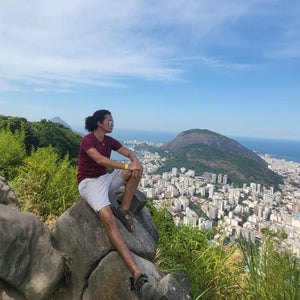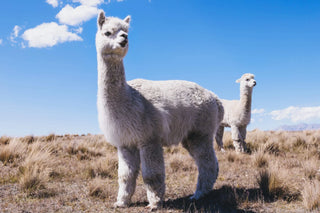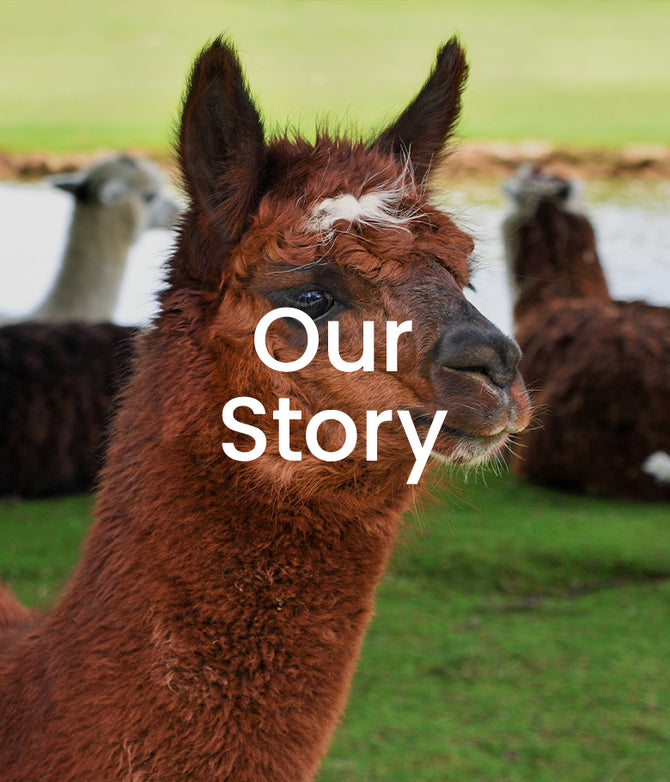Published June 24, 2025
Reading time: 4 minutes
By Jordy Munarriz
| Combination or Garment | Why It’s Ideal for Inti Raymi & Cusco |
| Alpaca Wool Hoodie | Lightweight, warm, and moisture-wicking for fluctuating temperatures. |
| Alpaca Wool T-shirt or Base Layer | Ideal for comfort during long hours outdoors. |
| Alpaca Wool Beanie + Neck Gaiters | For added warmth when the sun goes down. |
| Base Layer Alpaca Wool +Hoodies | Versatile combo for cool mornings, sunny mid-day, and cold afternoons |
| Alpaca Wool T-shirt+Hoodie Jacket | Ideal for layering—light enough for walking, warm enough for shadowed seating |
| Alpaca Wool Sweatpants or Joggers | Comfortable for sitting on stone or grass; breathable during day movement, as in Cusco the wind can be intense at the same time as the sunlight. |
| Alpaca Wool Glove Liners | Compact, breathable warmth—perfect for layering when the temperature drops or the wind picks up. If you're hiking or climbing, wear it under additional protection. |

Jordy Munarriz
Environmental Engineer with a master’s degree in renewable energy and a specialization in sustainability. A passionate traveler and advocate for responsible tourism, he captures the essence of exploration through storytelling, inspiring others to connect with nature in a conscious and meaningful way.
References:
[1] Salkantay Trekking. (2025). Inti Raymi: The festival of the sun.https://www.salkantaytrekking.com/blog/inti-raymi-the-festival-of-the-sun/
[2] PROMPERÚ. (2024). Inti Raymi, the most important festival of the Inca Empire. Peru Travel.https://www.peru.travel/en/masperu/inti-raymi-the-most-important-festival-of-the-inca-empire
[3] PeruRail. (2025). All you need to know about Inti Raymi.https://www.perurail.com/peruvian-holidays/all-you-need-to-know-about-inti-raymi/
[4] Cárdenas, J. (2023). Inti Raymi: Escenificación y poder simbólico en el Cusco contemporáneo. Revista de Ciencias Sociales (Recusos), 29(1), 1–18.
Latest News

Alpaca Wool for Extreme Weather | Sustainable High Performance Gear
Discover why alpaca wool outperforms Merino in insulation, UV protection, and sustainability. Nature’s ultimate fiber for extreme weather and outdoor wear.

The Colors You’re Wearing: Natural Dyes and GOTS-Certified Colors
Learn about natural dyesfrom the Andes and low impact dyes that bring our alpaca wool to life—biodegradable, skin-safe, and GOTS-certified.

The Art of Layering Clothes: How to Layer for the Outdoors
Learn how to layer clothes for outdoor activities with base, mid and shell layers. Stay warm, dry, and comfortable in any environment.
































